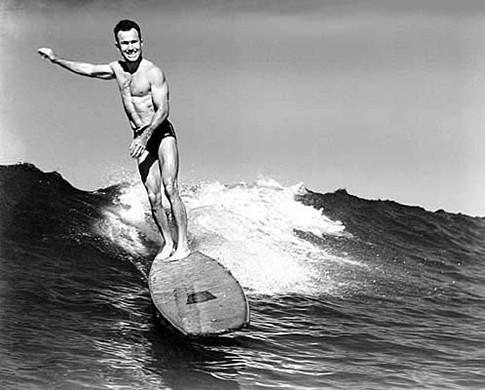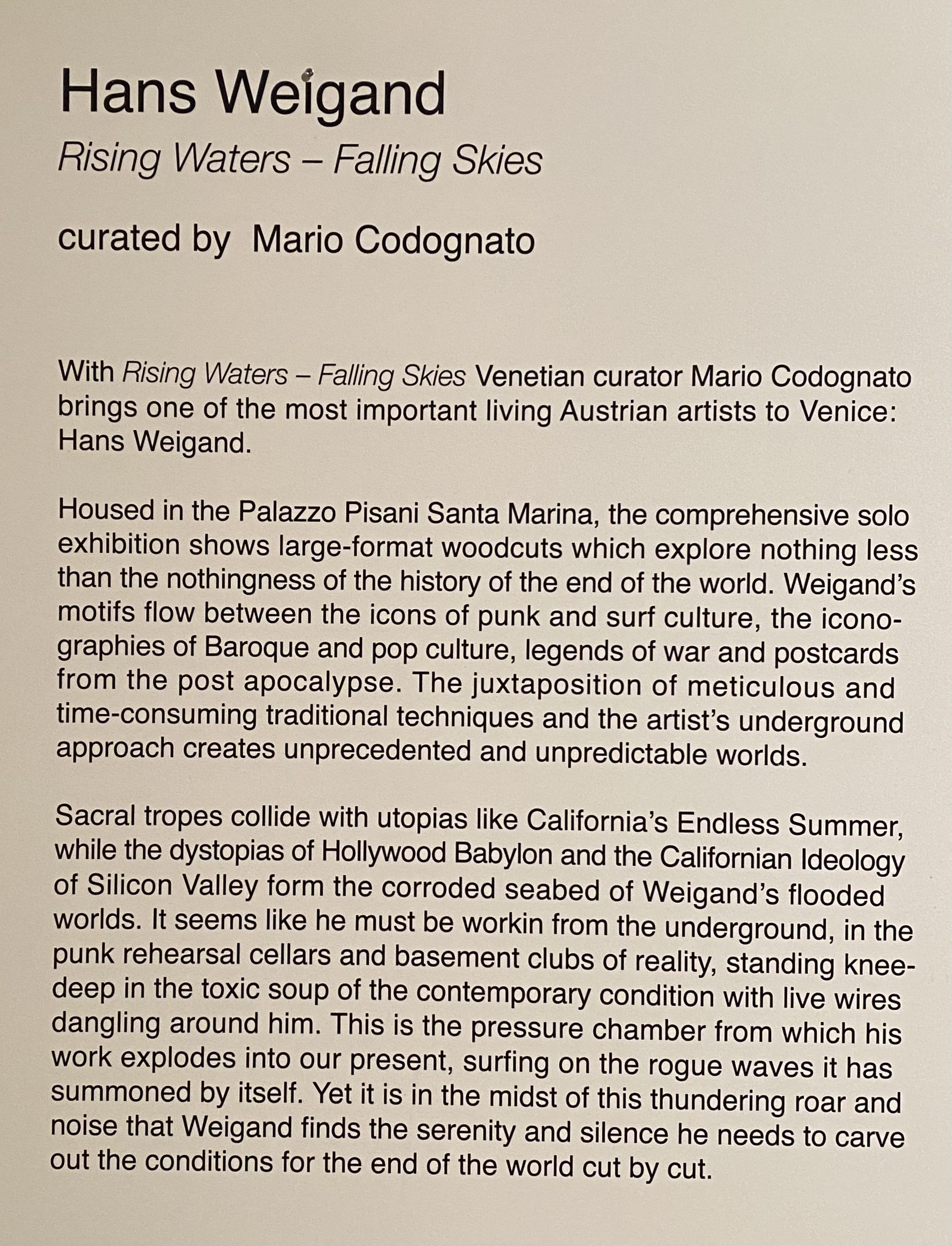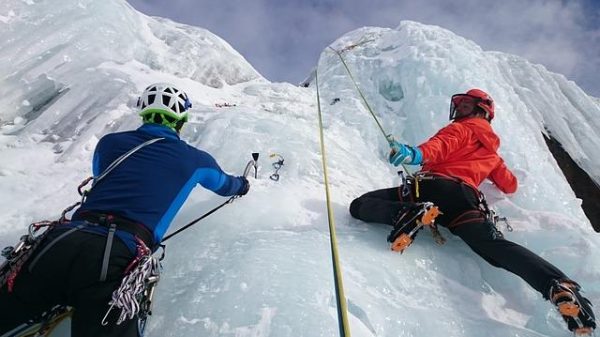Surfing, a dynamic and exhilarating sport that has captivated the hearts of millions around the globe, owes much of its contemporary allure and cultural significance to a handful of pioneering figures who have carved their names into the annals of its history. These surfing icons, through their unparalleled skills, daring innovation, and unwavering passion, have not only pushed the boundaries of what is possible on a wave but have also profoundly shaped the ethos and identity of modern surf culture. This article delves into the enduring legacy of these trailblazers, examining how their contributions have transcended mere athletic achievement to influence the aesthetics, values, and communal spirit of today’s surfing world. By exploring their stories and the indelible mark they have left, we gain a deeper understanding of how past legends continue to inspire and mold the vibrant tapestry of contemporary surfing.
Pioneers of the Waves Examining the Trailblazers Who Shaped Surfings Early Days
In the sun-drenched origins of surfing, a handful of daring individuals emerged, riding the towering waves with a fearless spirit that would lay the foundation for a cultural phenomenon. These early surf pioneers, with their raw passion and relentless innovation, have left an indelible mark on the sport, crafting a legacy that continues to ripple through the surf culture of today. Among these trailblazers, figures such as Duke Kahanamoku, often hailed as the “father of modern surfing,” introduced the world to the thrill of wave riding, blending athletic prowess with an unyielding connection to the ocean. His charisma and Olympic fame helped to elevate surfing from a regional pastime to an internationally recognized sport.
Another monumental figure, Miki Dora, known as the “Black Knight,” brought a rebellious edge to the scene, embodying the countercultural spirit that defined the 1960s surfing era. Dora’s influence is still felt today in the form of the surf rebel archetype, inspiring generations to embrace individuality and freedom. These icons, along with other key figures like Tom Blake and Gerry Lopez, contributed not only to the technical evolution of surfing but also to its ethos, emphasizing a deep respect for the ocean and a lifestyle centered around harmony with nature. Their contributions have sculpted the modern surf culture into a vibrant tapestry woven with threads of adventure, artistry, and ecological mindfulness.
- Duke Kahanamoku: Pioneered the international spread of surfing.
- Miki Dora: Embodied the rebellious, free-spirited surf lifestyle.
- Tom Blake: Innovated surfboard design, enhancing performance.
- Gerry Lopez: Known for mastering the Pipeline and shaping the zen approach to surfing.
Cultural Evolution How Surfing Icons Have Transformed Global Surf Culture
The transformation of global surf culture can be attributed to the legendary figures who have left an indelible mark on the sport and lifestyle. These surfing icons, through their unparalleled skills and unique personalities, have not only pushed the boundaries of surfing but have also redefined its cultural significance. Duke Kahanamoku, often hailed as the father of modern surfing, introduced the sport to the world stage in the early 20th century, infusing it with a spirit of aloha that still resonates today. His legacy paved the way for future icons who would continue to shape the ethos of surfing.
- Kelly Slater: Revolutionized competitive surfing with his unmatched 11 world titles, setting a new standard for performance.
- Lisa Andersen: Broke barriers for women in surfing, proving that female surfers could compete at the highest levels.
- Gerry Lopez: Known as “Mr. Pipeline,” he introduced a soulful approach to riding waves that emphasized flow and style.
These icons have not only influenced surfing techniques and competition but have also inspired a broader cultural movement. Their impact is seen in the fashion, music, and environmental consciousness that are now integral parts of surf culture. The global community they have fostered celebrates diversity, creativity, and a deep respect for the ocean, ensuring that the legacy of these icons continues to evolve and inspire future generations.

Modern Techniques and Innovations Influences from Legendary Surfers on Todays Practices
In the ever-evolving world of surfing, legendary surfers have left indelible marks on the techniques and innovations that shape today’s practices. The pioneering spirit of these icons has inspired a new generation to push the boundaries of what’s possible on the waves. Their influence can be seen in various aspects of modern surf culture, from board design to environmental advocacy.
- Board Design Innovations: Surfers like Tom Blake and Bob Simmons introduced revolutionary board designs that have been further refined by modern shapers. Today’s boards are lighter, faster, and more responsive, thanks to materials like carbon fiber and epoxy resins.
- Progressive Surfing Techniques: Icons such as Kelly Slater and Lisa Andersen have elevated competitive surfing by introducing complex maneuvers and aerial tricks. These techniques are now standard in competitions and are being continuously adapted by emerging surfers.
- Environmental Advocacy: Following the footsteps of surfers like Gerry Lopez, modern surfers are increasingly advocating for ocean conservation, leading to innovations in sustainable surf gear and eco-friendly practices.
By embracing these innovations and building upon the foundational work of past legends, today’s surfers are not only preserving the essence of the sport but also ensuring its progression and sustainability for future generations.

Preserving the Heritage Strategies for Honoring and Sustaining the Legacy of Surfing Legends
To truly honor and sustain the legacy of surfing legends, a multifaceted approach is necessary. Documentation and storytelling are crucial, capturing the personal anecdotes, achievements, and philosophies of these icons through books, documentaries, and podcasts. This ensures that their contributions are preserved for future generations, offering insights into their journey and the evolution of the sport. Community events and exhibitions serve as dynamic platforms for celebrating their achievements, with surf museums and heritage centers playing pivotal roles in educating the public about the historical and cultural significance of these trailblazers.
In addition, fostering mentorship programs allows current and aspiring surfers to connect directly with the legends or their close associates, gaining firsthand knowledge and inspiration. Establishing surf schools and academies that incorporate the values and techniques championed by these icons can further embed their legacy into the fabric of modern surf culture. Moreover, promoting sustainable surfing practices reflects the respect these legends had for the ocean, encouraging a responsible approach to the sport that aligns with their enduring values. Through these strategies, the heritage of surfing legends not only survives but thrives, continuing to influence and inspire the surfing community worldwide.









